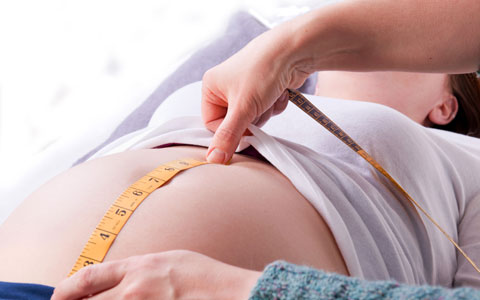 What is the midwifery-led continuity model? While the ‘place’ of midwives in childbirth might be hotly debated by some, one thing is for certain – midwives are an integral part of labour and birth for most women in many countries of the world. In Australia, if you choose a hospital birth, your labour will be largely managed by midwives. This is whether through the public or private system. If you have hired an obstetrician he, she or their associate will appear for the delivery. However, for many hours before, midwives will be your care providers.
What is the midwifery-led continuity model? While the ‘place’ of midwives in childbirth might be hotly debated by some, one thing is for certain – midwives are an integral part of labour and birth for most women in many countries of the world. In Australia, if you choose a hospital birth, your labour will be largely managed by midwives. This is whether through the public or private system. If you have hired an obstetrician he, she or their associate will appear for the delivery. However, for many hours before, midwives will be your care providers.
In recent times there has been a good deal of discussion between midwives and policymakers. A discussion around the factors which make a sound midwifery care model. One that provides the best outcomes for women and their babies. A recent research study has provided significant evidence of the value of midwifery-led continuity models of care. The study concluded that midwifery-led care has better outcomes for mothers and babies.
Women are cared for during labour by known midwives.
In a midwifery-led continuity model, the midwives with whom women have developed a trusting relationship during their pregnancy. Maternity care is provided in a multi-disciplinary network of consultation and referral with other care providers. This differs from medical-led or shared-care models of care. This care is where an obstetrician or family physician is primarily responsible for the care. Another is the public model where women are seen by any number of midwives during pregnancy. Women will have their labour managed by whichever hospital midwife is on shift – most likely a stranger.
A systematic review was published in The Cochrane Library recently.
It attests that midwifery-led continuity models, that is where a midwife is the main provider of maternity care, lead to better outcomes. This is especially for most women and their babies. Thirteen studies were identified involving 16,242 women, including those considered low risk and those at increased risk of complications. The studies encompassed care provided by licensed midwives in hospital settings. Outcomes were examined including premature birth, loss before 24 weeks, and rates of interventions including epidurals, episiotomies, instrumental births, and caesareans.
Despite a good proportion of the Australian population still considering medical-led births as the ‘safest’ option, the study found that overall, better outcomes for women and babies occurred in midwifery-led continuity models. Women were more likely to have spontaneous vaginal birth. They are less likely to give birth before 37 weeks or lose their babies before 24 weeks. The mortality rate after 24 weeks was comparable in both medically- and midwifery-led models of care. Instrumentally assisted births were less common. Fewer episiotomies were performed. The use of epidurals was lower, with women no more or less likely to have a caesarean birth. It was noted that labour tended to be around 30 minutes longer in midwifery-led models. However, overall women expressed greater satisfaction with the care received.
Attempts were made in the study to determine whether cost benefits exist in relation to midwifery-led continuity of care – an important point in convincing government and policymakers to make changes to existing care models.
While cost savings were difficult to identify due to differences in the measures used in each study, overall it did appear that a midwifery-led care model is just as cost-effective as any other, and most likely more so.
If significant improvements are to be made to midwifery care to improve outcomes for women and their babies, then it appears midwifery-led continuity of care is the key. While not all areas of the world have health systems that could accommodate midwifery-led continuity models of care, Australia does, with a number of hospitals and organisations already seeking to make inroads to establish midwifery-led care as an integral part of the care offered to women.
Obviously, caution needs to be exercised where extraordinary circumstances exist, such as compounded medical or obstetric complications. However, if we wish to normalise and humanise birth, reduce preterm birth and increase the satisfaction of women with their birth experience then for most women midwifery-led care is the answer.


I have given birth twice in midwife-led units, had one homebirth and one hospital birth. My experience has shown me the care and trust a midwife will give you. If your midwife trusts in you to birth your baby then you yourself feel empowered and confident to give birth. Interventions should not be anywhere near as common as they are. We have stopped trusting in the natural, beautiful birthing process.